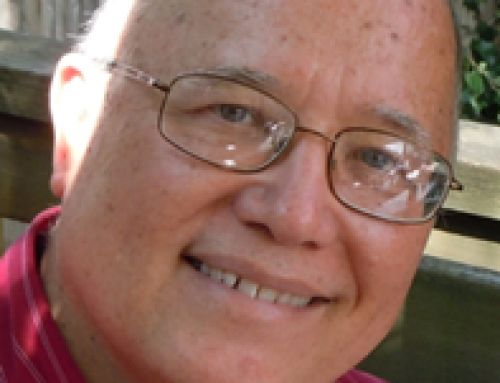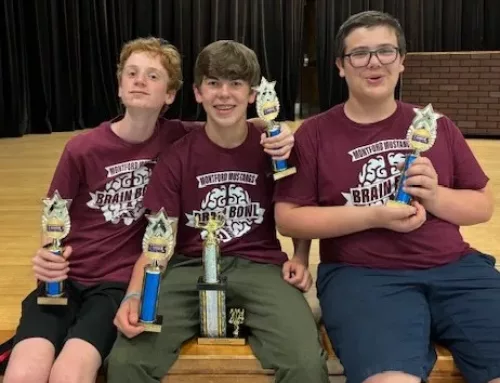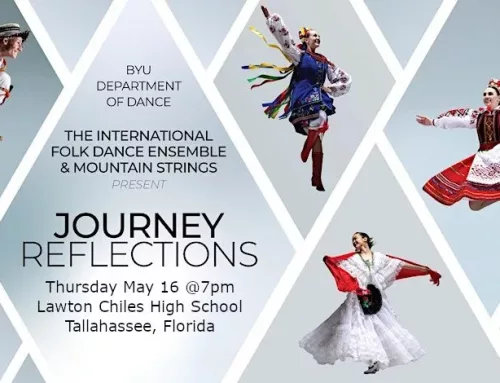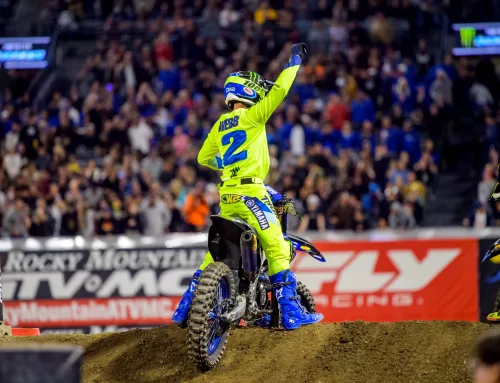Estimated reading time: 5 minutes
TALLAHASSEE — Leaders from The Church of Jesus Christ of Latter-day Saints, Elder Matthew S. Holland and President Benjamin Smith, took a tour of the Second Harvest of the Big Bend food bank on Saturday with Second Harvest CEO Monique Ellsworth.
Since the pandemic, the Church has donated more than 180K pounds of food products to Second Harvest from its bishops’ storehouses in Utah and Georgia.
Holland, a General Authority Seventy, is part of the Church’s North America Southeast area presidency and Smith is president of the Tallahassee Stake, which includes seven congregations in Tallahassee and congregations in Thomasville and Cairo, Georgia as well as Quincy, Crawfordville, Perry, and Madison.
Elder Holland was in Tallahassee for the stake’s biannual conference, with sessions held Saturday and Sunday.
Ellsworth shared Second Harvest’s plans for expansion and discussed how the Panhandle region has the highest rates of food insecurity in the state.
The Church’s welfare program operates 124 bishops’ storehouses worldwide. At bishops’ storehouses, individuals in need work with their local leaders to receive food and other items free of charge.
The Church operates 32 farms, ranches, orchards and processing facilities, which produced more than 100 million pounds of food in 2020, according to the Church’s 2021 annual report.
Approximately 36 million pounds were distributed to bishops’ storehouses, while 44 million pounds were donated through community initiatives.
Food production and distribution is only one part of the Church’s welfare and humanitarian efforts.
In 2021, as stated in its annual report, the Church expended $906 million to help those in need through:
- Fast-offering assistance, which provides temporary financial help to those in need. Church members have the opportunity to fast for a 24-hour period each month and donate a generous fast offering, which is the value of the meals missed or more. Local bishops administer these resources to bless people in need in their ward/congregation boundaries. Surplus is sent to the stake and then to the Church to be used for needs wherever they exist.
- Bishops’ orders for goods, including giving food and commodities from bishops’ storehouses to those in need.
- Humanitarian projects, including charitable relief in communities across the world.
- Donated commodities, including Church-produced goods provided to communities through food banks and other agencies.
- Church operations, including Family Services, counseling, employment centers, farms and food-processing facilities and Deseret Industries stores.
- The Church’s humanitarian efforts in 2021 included 3,909 projects in 188 countries— the most projects and the most countries to date.
In all projects, collaboration was key. To provide support for those in need, the Church worked with many organizations, including Concern Worldwide, Catholic Relief Services, UNICEF USA, Water For People, WaterAid, CharityVision and Lions Club International Foundation. The initiatives improved food security and clean water and sanitation systems. They also enabled better access to vision care, immunizations, wheelchair and mobility assistance, and maternal and newborn care for thousands of people worldwide.









